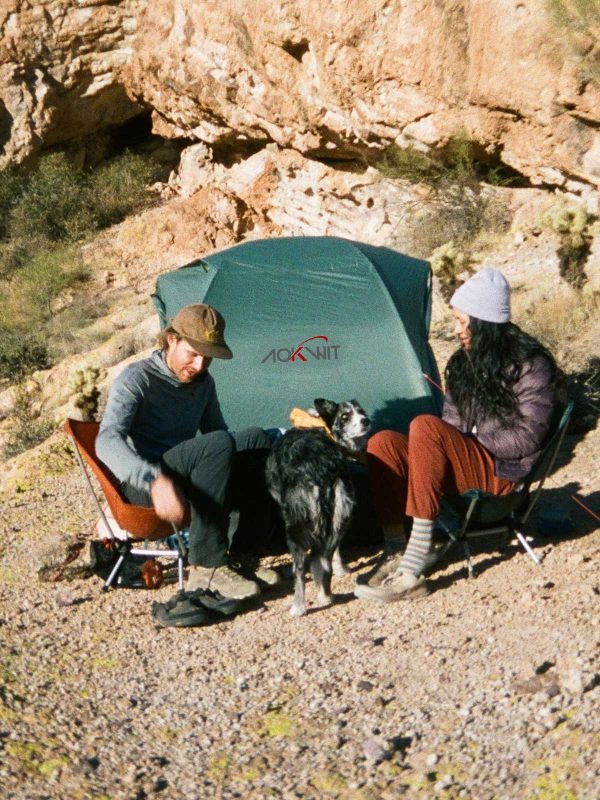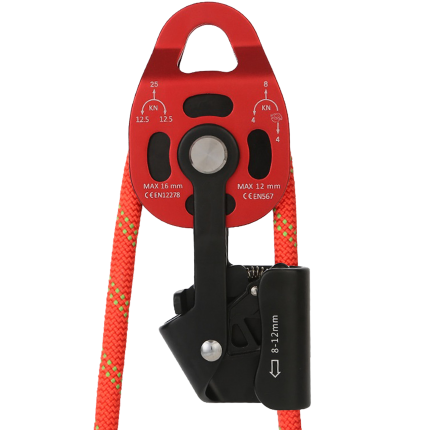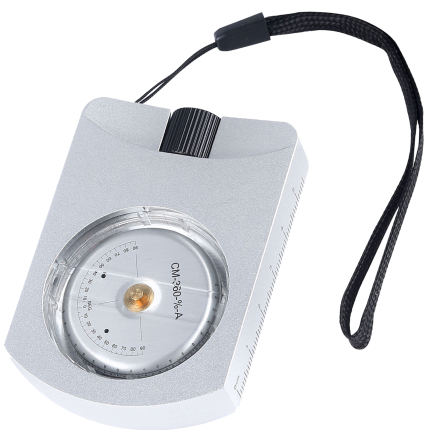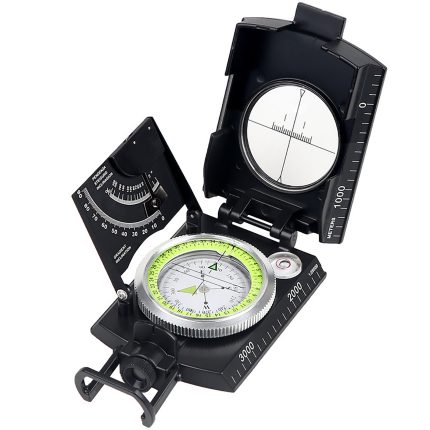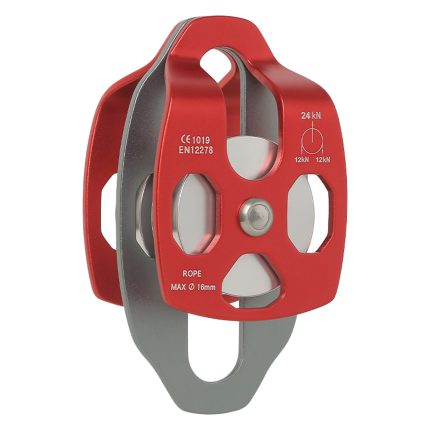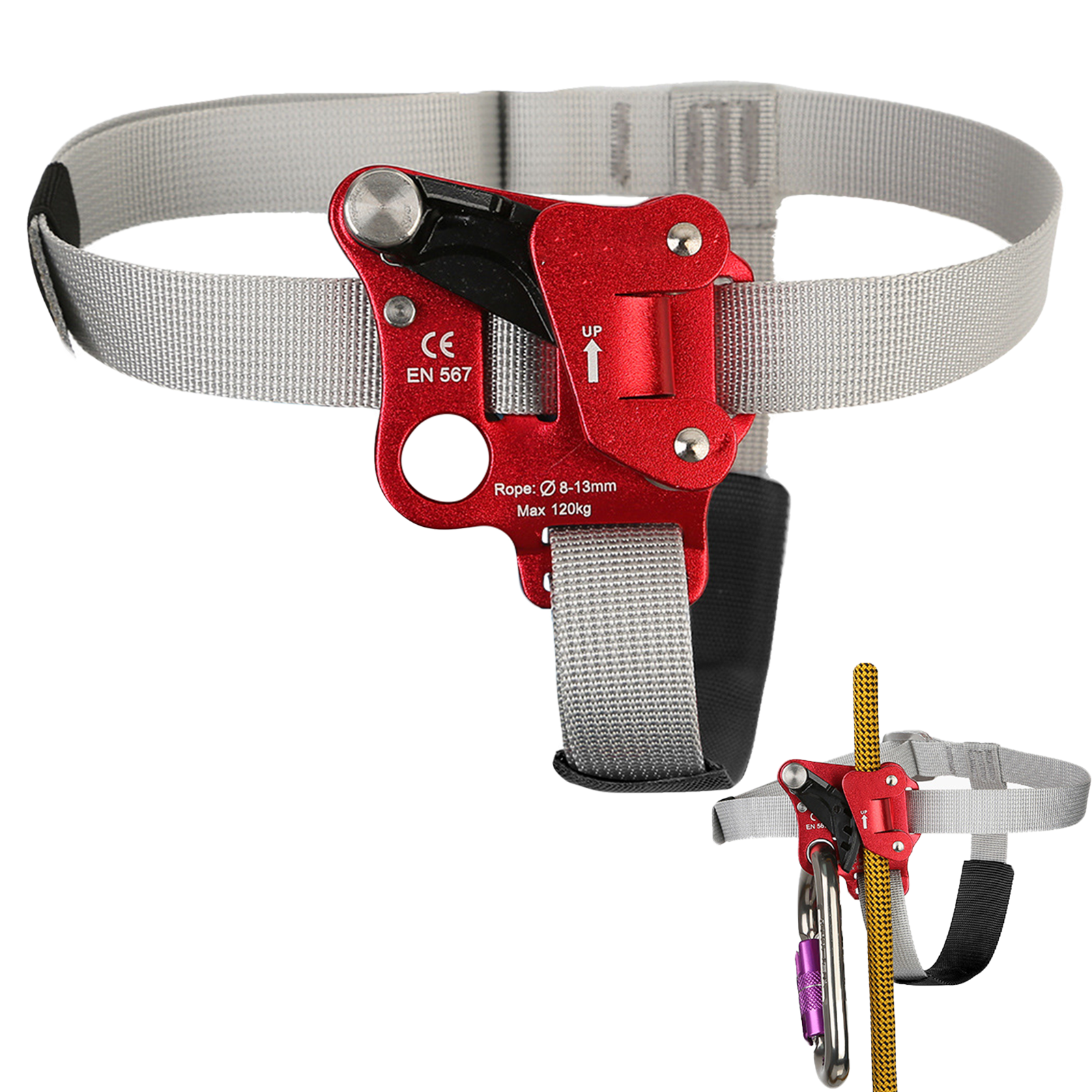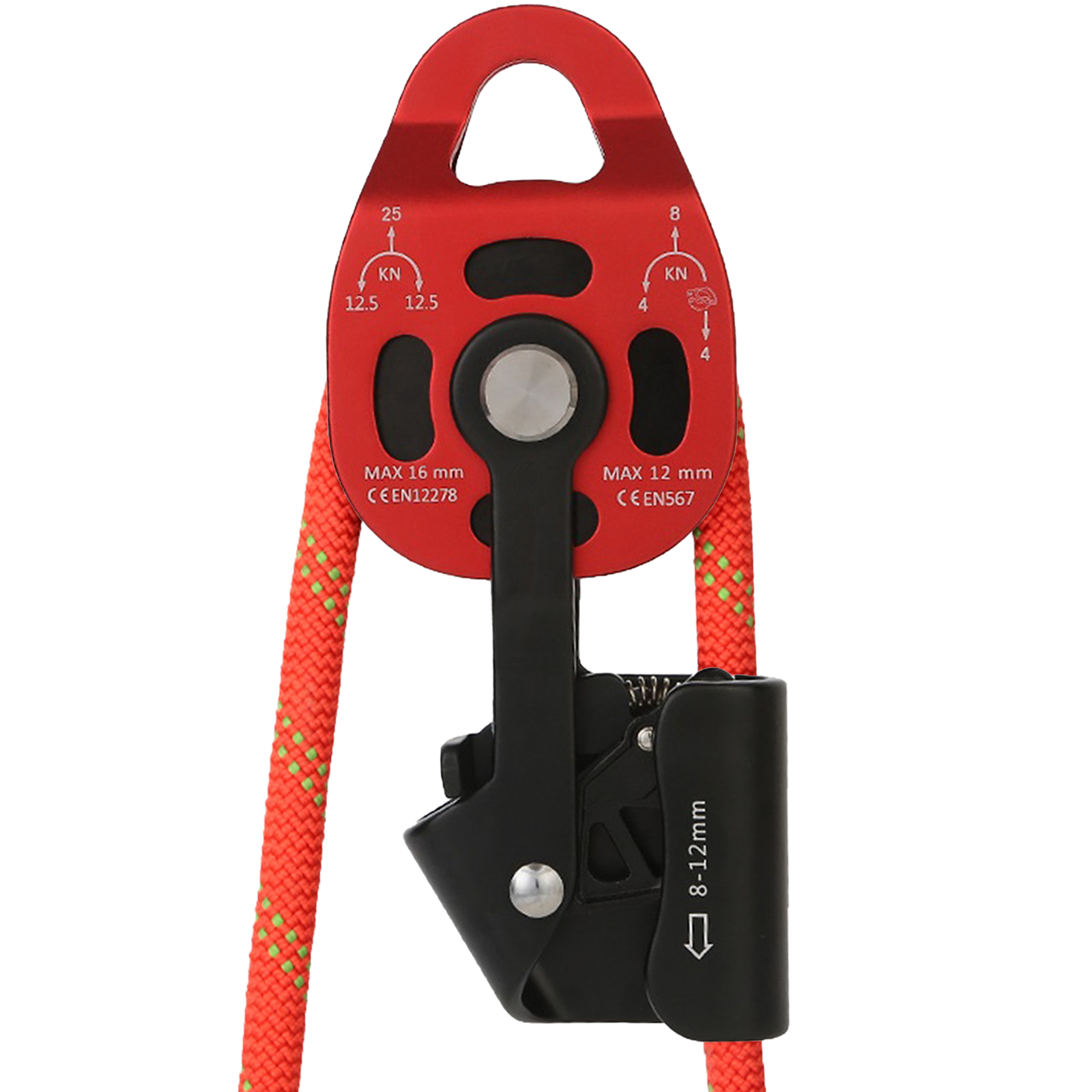Precautions for Hiking and Methods to Identify Weather Changes Outdoors

During outdoor hiking and mountaineering, changes in weather conditions can significantly impact safety and performance. Therefore, mastering methods to identify weather changes outdoors is essential.
1. Sounds and Smells
When the air contains high moisture levels, sound travels farther, and smells become more discernible. Experts note that moist air acts as an efficient conductor, and saturated moist air functions like a natural amplifier. For instance, train noises typically inaudible might become perceptible on a rainy day.
2. Physical Reactions
Approaching rain can trigger physiological changes. For example, hair may become less smooth when combed, and individuals with curly hair might feel increased tightness. Additionally, those with rheumatoid arthritis may experience heightened pain and discomfort as humidity rises.
3. Observing Campfires
During nighttime campfires, smoke behavior can indicate weather changes. Steadily rising smoke suggests fair weather, while flickering or unstable smoke may signal an approaching storm.
4. Observing Natural Phenomena
Experienced hikers recognize that colder nights often precede clear days. Key indicators include:
- Morning Dew or Frost: Dewdrops on spider webs or morning frost typically indicate clear weather.
- Cloud Patterns:
- Cirrus clouds at dawn, followed by thickening and descending dark clouds, suggest impending rain.
- Rapidly moving, multiplying clouds often precede storms.
- Shifts in wind direction, strong gusts, and darkening skies also signal storms.
- Visibility and Fog: Improved visibility after dry heat or haze, or persistent valley fog until evening, may indicate worsening weather.
- Solar & Lunar Halos: Large halos around the sun or moon often forecast strong winds.
- Starlight & Temperature: Twinkling stars before dawn or unseasonably warm, muggy nights may herald storms.
- Valley Mist: Slow-rising mist in valleys often precedes heavy rain.
Wildlife behavior can also provide weather clues. For example, birds flying low or ants clustering may indicate approaching storms.
These practical insights are vital for outdoor enthusiasts to ensure safety and adaptability in dynamic environments.







